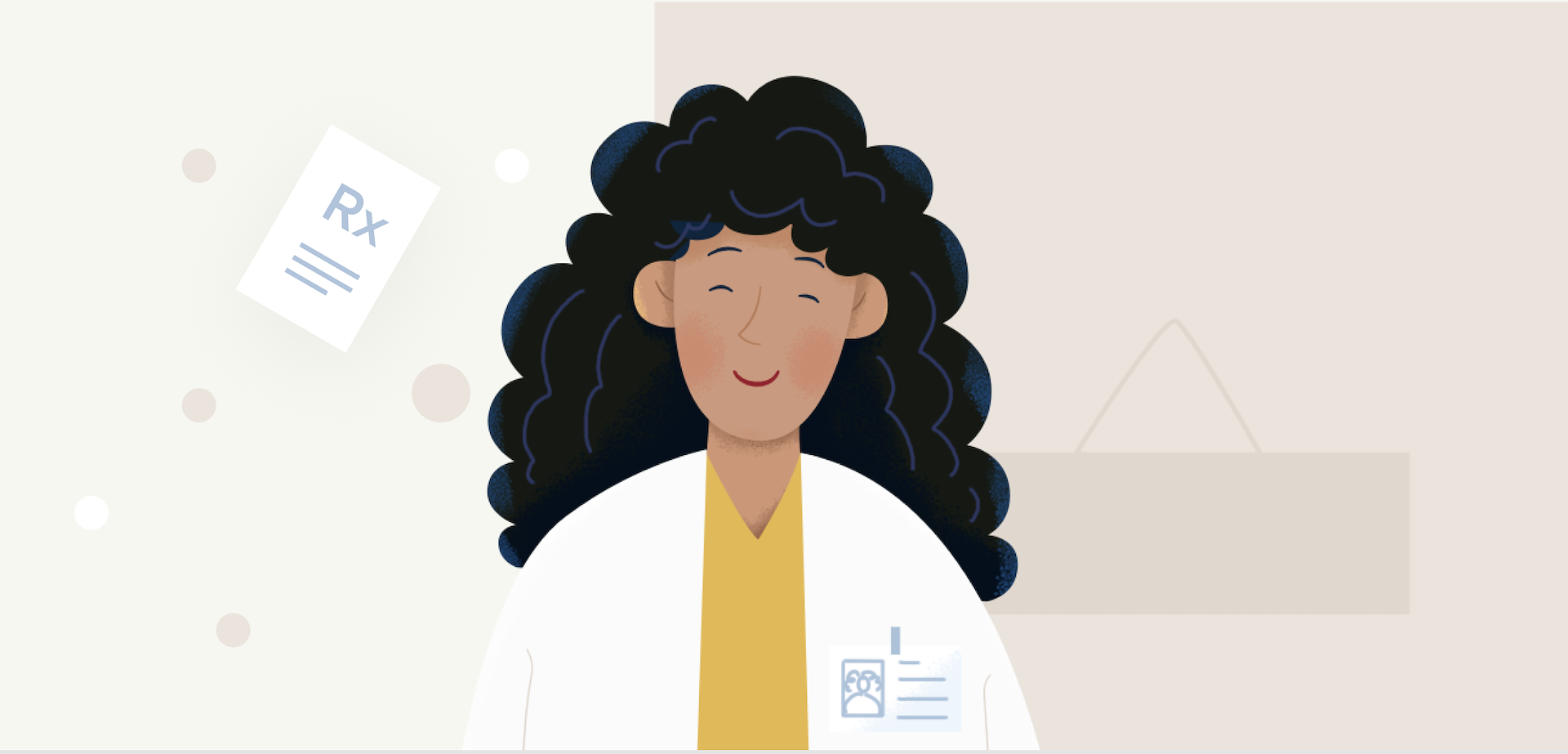
CASE STUDY: TELEHEALTH
CASE STUDY: TELEHEALTH
Context & goals
Mahana develops prescription apps for chronic health conditions. In order to unlock the full app, users must complete a telehealth consult. Working with a visual designer, I was tasked with reimagining Mahana’s telehealth experience to increase completion rates and make it easier for people to get prescribed.
My role
I owned all messaging for the project, architected the new flow in partnership with a visual designer, and gained buy-in from stakeholders across product, marketing, legal, and regulatory teams.
Process
I partnered closely with a visual designer to analyze data, brainstorm solutions, wireframe a new flow, test our proposal, and deliver a final version within 5 weeks.
Step 1
I audited the existing flow, looked at drop-off data, and listened to user feedback.
Many users dropped off early in the flow (after the first few questions). For some, this was due to inadequate expectation setting (i.e., not clear how long this would take and what they were doing).
Step 2
We performed a competitive analysis to see who was doing this well and shared inspiration on a Figma page.
We noticed that some of the more successful flows felt conversational and set expectations early.
Step 3
Taking what we learned from our competitive analysis and user research, the visual designer and I created a low-fidelity version of an entirely new flow in Figma.
We added context-setting screens early on and broke the experience into chapters or sections to feel more manageable.
Step 4
We then shared the new flow with internal stakeholders and revised some aspects based on feedback.
There was a concern that these early screens, while setting expectations, added too much length.
In response to feedback, we consolidated these early screens and shortened content while keeping the core messages intact.
We added modals to address key questions we heard from users. Our legal team wanted to remove messaging about costs entirely, but we knew this was extremely important to users. We were able to compromise by using a modal for the message.
Step 5
We created a high-fidelity version of the entire flow and tested it in user research sessions.
We presented our revamped flow to users and it was very well received. Many commented on the accessible, conversational tone.
Step 6
With our design validated, I polished content and worked with the designer to finalize the experience before handing it off to our engineering team.
The first five screens of the revamped flow.
The next five screens of the revamped flow.
The completion of the flow (after a series of medical questions).
Results
We delivered a reimagined telehealth flow on time and saw completion rates rise by roughly 30%.
And that's not all…
I also owned the messaging and content strategy for a number of peripheral use cases (a user returns after submitting, a user returns to the flow after abandoning, and a user submits invalid info).
A modal for a user who dropped off and then returned.
A modal for a user who already submitted their consult info.
An email to a user who submitted invalid info.












